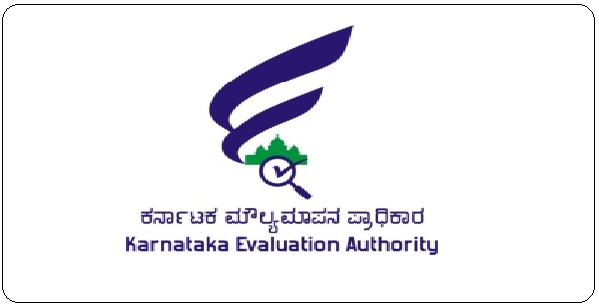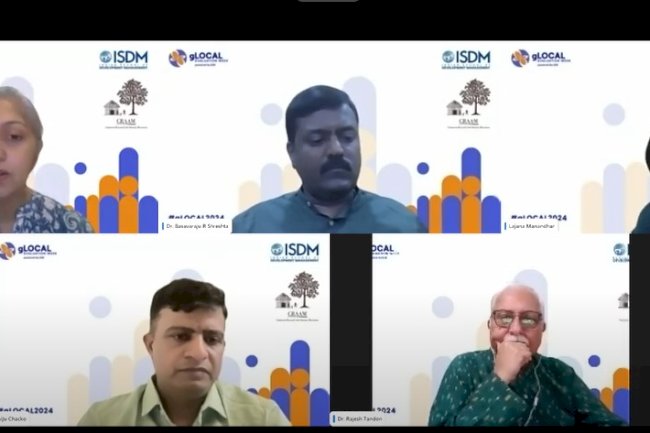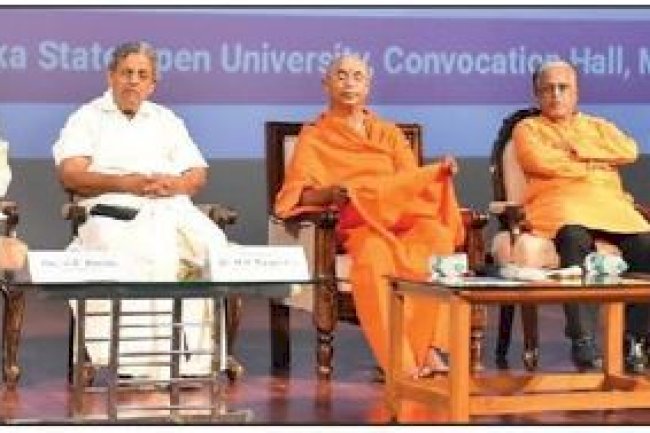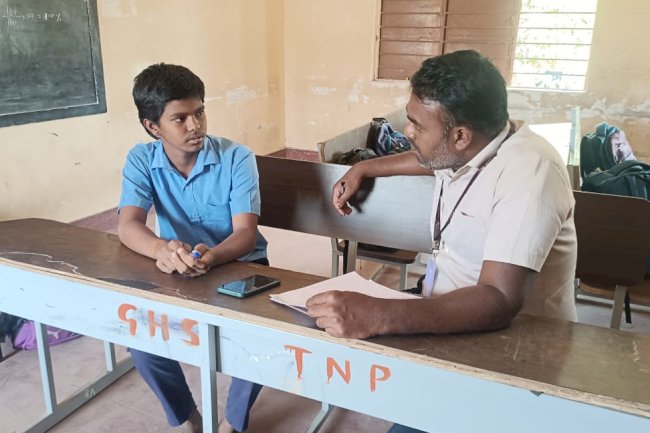Tracer Study for Technical Vocational Education and Training TVET Employment Outcomes of Graduates from ITIs in Karnataka
Industrial Training Institutes have been core elements of India’s Vocational Education for decades. The demographic dividend – whereby 50% of the population is less than 25 years of age and 65% is less than 35 – creates an immediate need for skilling the young population so as to capitalize on the economic benefits of this demographic change. The National Skills Strengthening for Industrial Value Enhancement (STRIVE), Five Year Project (2017-2022) has been developed by the MSDE, GoI with World Bank’s Assistance for strengthening ITIs and the vocational training provided by them. Implemented through State Governments, Industrial Training Institutes (ITIs), Centrally Funded Institutes (CFIs), and Industry Clusters (ICs).
Improving the quality, and relevance of long-term vocational training by incentivizing critical institutional reforms and apprenticeship systems and making the youth industry ready is the key focus. The scheme is characterized by a ‘Program for Results’ incentive-based approach, with built-in features of flexibility in the use of funds, encouraging capacity development, and emphasis on output and outcome monitoring.
It is in alignment with the Government of India’s commitment to providing quality skilling opportunities for economically disadvantaged /
underserved communities and developing a globally competitive workforce. Therefore a study has been commissioned for GRAAM by Karnataka Evaluation Authority to understand the extent to which and how the STRIVE program is bringing about a change in the professional journey and employment status of beneficiaries.
Project Snapshot:
| Project Name | Tracer Study for Technical Vocational Education and Training TVET Employment Outcomes of Graduates from ITIs in Karnataka |
| Project Sanction Date | 04 Jan 2023 |
| Project Period | Jan 2023 to Nov 2023 |
| Project Location | Karnataka |
| Project Supported By |

|
| Project Team |
Project objectives:
To measure and compare the labor market performance of the project and non-project ITIs and of their trainees (disaggregated by gender and social groups).
To assess the employment status (wage or self or higher studies or apprenticeship) of the beneficiaries
To assess the relevance of ITI training to job markets/livelihood activities and its impact in terms of relevance, effectiveness, efficiency and sustainability
To assess graduate/pass-outs’ satisfaction level relating to the type of ITI training attended
To explain the causes of employment outcomes (professional success)
To understand the longer-term impacts of the program for beneficiaries and what services or types of interventions work better in the long run
To collect information on students who are not in employment/have left the employment and the reasons for the same, including Covid pandemic-related reasons.
To assess the impact of the STRIVE project on the SDG indicators like LFPR and Unemployment
To understand the stakeholders’ perceptions and experiences about the program, the kinds, and processes of change they have experienced, and the benefits and challenges experienced by them
Based on the evidence collected, provide feedback for improvements in various areas of training and placement at ITIs and for corrective measures required to be taken to improve the employability aspects during and after the ITI training.
Project Result / Accomplishments:
·
Completion of IDI’s of IMCs and ICs
·
Completion of survey on supplementary
questions as suggested by CEO, KEA
·
Completion of quantitative and
qualitative data analysis
·
First draft report submitted to KEA
·
Final draft report is ongoing








